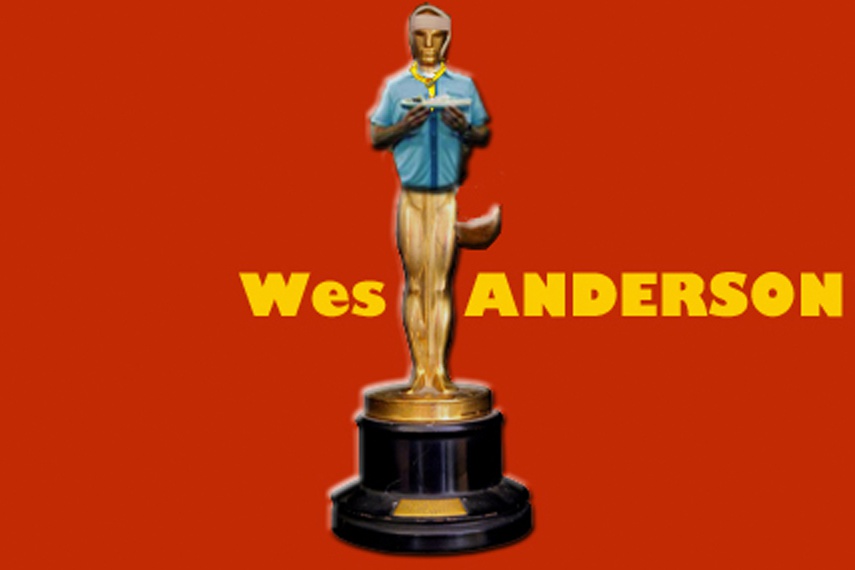The life unrecognized with Wes Anderson
Photo: Nathan Weinreich
With his stop-motion adaptation of “Fantastic Mr. Fox,” his surprise indie hit “Moonrise Kingdom” and his most recent success with “The Grand Budapest Hotel,” Wes Anderson has been slowly making the transition from unknown artist to household name. Bolstered by his recent Golden Globe win for “The Grand Budapest Hotel,” and facing a plethora of Oscar nods, Anderson is experiencing the highest point in his career, yet his earlier films remain readily glossed-over.
Anderson’s career started out rocky with “Bottle Rocket,” a film he wrote in college with fellow classmates Owen, Luke and Andrew Wilson. Even after self-producing a short version of the film and pulling strings at Sundance, “Bottle Rocket” was still a box office failure.
While Anderson would be met with warmer response to his next film, the independent hit “Rushmore,” it would still lack the credit it deserves among the general population. What’s more, the Bill Murray-produced film that gave Jason Schwartzman his cinematic beginnings is frequently only recognized for its status as a quintessentially “independent” film. Many of Wes Anderson’s “fans” cite “Rushmore” as their favorite of his films without even watching his other cinematic masterpieces.
Anderson’s third film “The Royal Tenenbaums” would win Gene Hackman a Golden Globe for best actor, and thus the film became one of the most recognizable of Anderson’s films, yet the films that followed, “The Life Aquatic with Steve Zissou” and “The Darjeeling Limited” would be left in the dust, never to be given the respect they fully deserve.
Anderson’s more recent filmography has garnered a stronger public reaction than his earlier works, yet, in my opinion, his earlier works are more masterful.
Wes Anderson’s films contain some of the most beautiful thematic elements of any director’s work, elements any Anderson fan can recognize throughout every one of his films.
Anderson’s use of unexpected slow-motion shots set to classic rock music, such as the scene in “Darjeeling” in which the characters throw down their baggage (both symbolically and physically) to catch a train set to The Kink’s “Powerman,” are a genuinely unique use of the technique. Instead of building tension or showing action shots in slow detail, Anderson’s use of the shot causes a wave of relief to wash over the viewer, as if it were meant to be.
The childlike wonder associated with the obviously fake model sets Anderson implements in his films, like his stop-motion marine creatures in “The Life Aquatic,” coupled with the running motif of mature-beyond-their-years children, as evident in the protagonist of “Rushmore” Max Fischer, provide a beautifully ironic dichotomy that questions what it means to be a child. These model sets help provide the most obvious Anderson trope: his heavily warm, pastel coloration.
If all of this has yet to convince you, Bill Murray has been every single Anderson film since “Rushmore.” If that is not inspiration enough to watch his films, what is?
“Grand Budapest” is tied with Alejandro González Iñárritu’s “Birdman” for the most Oscar nominations this year, and while I will be cheering it on with all of my heart, Anderson’s earlier films will remain works of art. It is up to you to appreciate them as such.
*Disclaimer: Not all films reviewed are appropriate for all ages. These films range from PG-R. Viewer Discretion is advised









